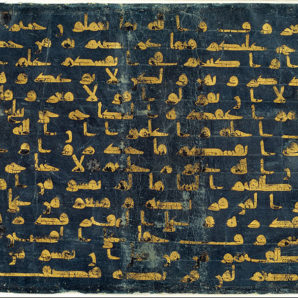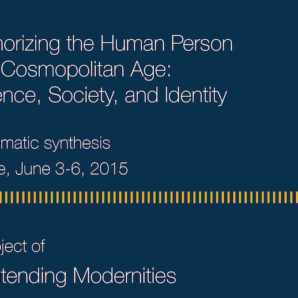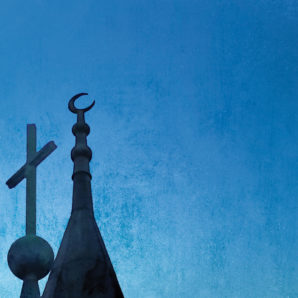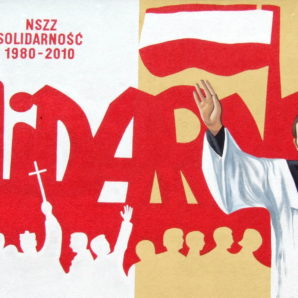
Towards a Decolonial Approach to the Qur’an
A decolonial approach to the Qur’an also means de-Christianizing how we understand it as a text and its relationship to Muslims.
Read More →
A decolonial approach to the Qur’an also means de-Christianizing how we understand it as a text and its relationship to Muslims.
Read More →



